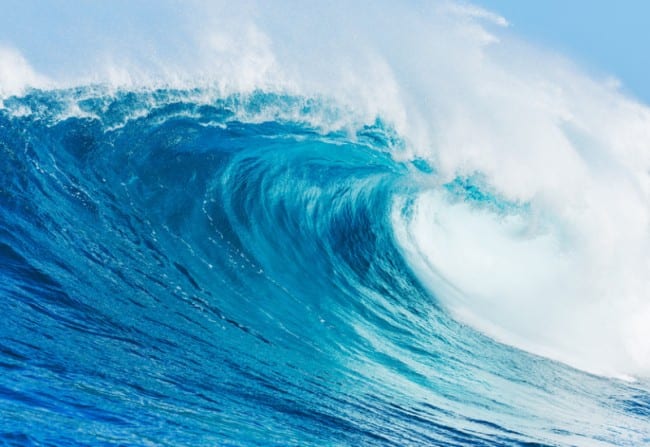
SPAIN is under ‘great threat’ of a tsunami and the authorities are not prepared.
That’s the stark warning made by natural disasters expert Ignacio Aguirre who gave a foreboding talk at a conference in Cantabria this week.
The researcher from the Cantabria Institute of Environmental Hydraulics told attendees ‘there is a great threat of a tsunami in Spain’ and that he has begun warning authorities that residents are not equipped to deal with such a disaster.
Southern Spain and the eastern Mediterranean (the Balearics), have frequent seismic activity which make them prone to suffer tsunamis, Aguirre said.
The last three incidences of the natural disaster were in 1755, 1969 and 2003, with the latter affecting the Balearic Islands.
In 1755 an earthquake measuring 8.5 on the Richter scale rocked Portugal, setting off tsunamis in 12 further countries – including Spain – and killing 50,000 people.
Speaking at the Science and experience, geological risks and society conference, Aguirre said it is these kinds of events which can occur at any time.
“Faced with the brutal devastating capacity of tsunamis, there must be preparation strategies before they occur,” he said, “we must have a knowledge of the real risk that exists.
“We must map the areas at most risk and instruct those in power and society in general so that they are aware and can save lives.”
He added: “Knowledge is very important and there are two fundamental strategies in the case of tsunamis: the planning of the evacuation prior to its occurrence, which requires risk analysis and mapping, and early warning systems, with protocols ensuring the information of these alerts reaches the population.”
Spain does have a tsunami warning center, the National Geographic Institute, which issues alerts to the General Directorate of Civil Protection and Emergencies but from there there is no protocol in place for the population.
“As of the 2004 tsunami in Indonesia, working groups were established, the early warning system of the Indian Ocean, the Caribbean Ocean and the Atlantic Northwest and Mediterranean Ocean was created, which is what Spain is framed in.
“Luckily, the tsunamis have a very low probability of occurring but, unfortunately, we do not put the necessary attention in the areas that are threatened most, such as the south of Spain.”

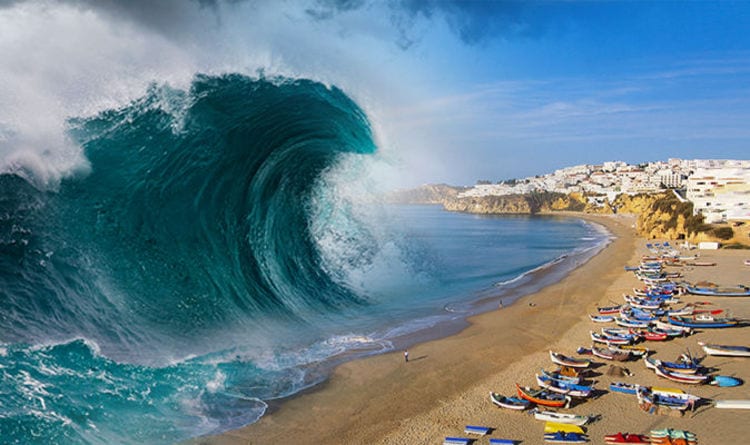



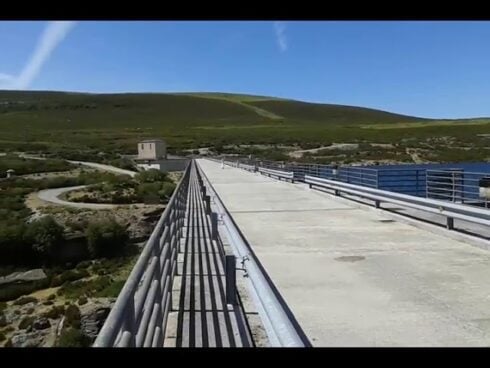

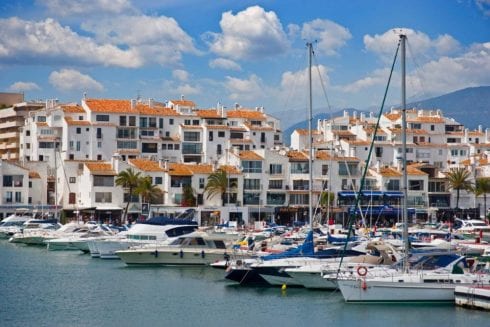

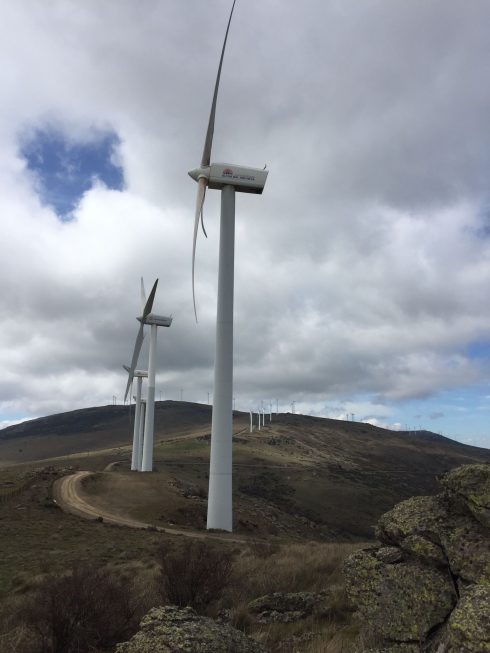



People living in or around Matalascañas or Sanlucar should be very worried by this. You will notice down in Sanlúcar de Barrameda at the mouth of the Guadalquivir, there is a curve of land torn away. Half the town sits in it. This 15 meter difference was caused by a Tsunami (Or more than one over time) running down from the direction of Huelva as it follows the coast.
Sanlucar has a sharp difference of angle to the natural curve of the Gulf of Cadiz, causing a massive pile up of water. That water is then funnelled up the river, destroying everything in it’s path. You might think it was the river flooding that caused this height difference, but you would be wrong.
The ridges on the end of the sandbar are facing the wrong way. They are facing inwards. Not outwards as one would expect when formed by the river itself. In essence, were a large Tsunami to come along nowadays, it would be very, very bad for those living there.